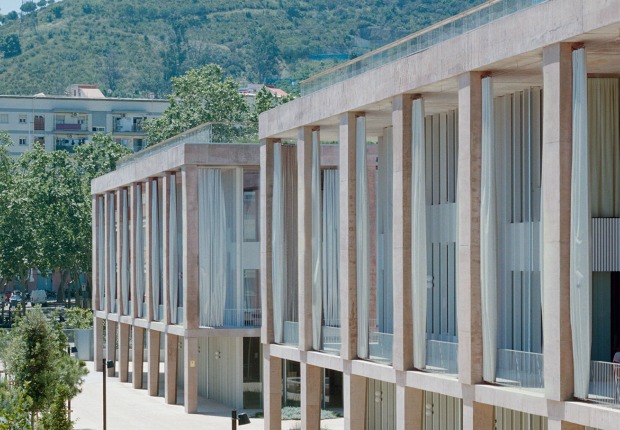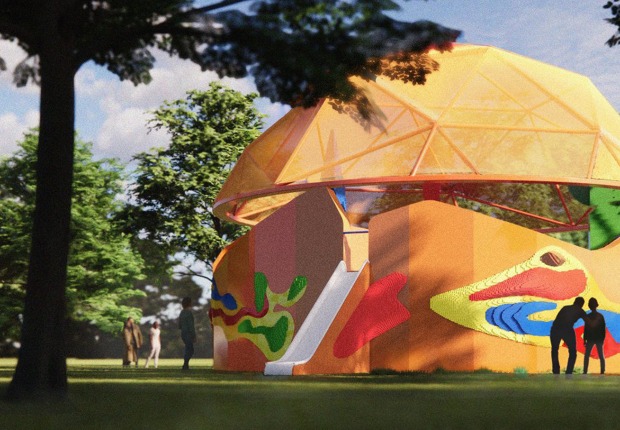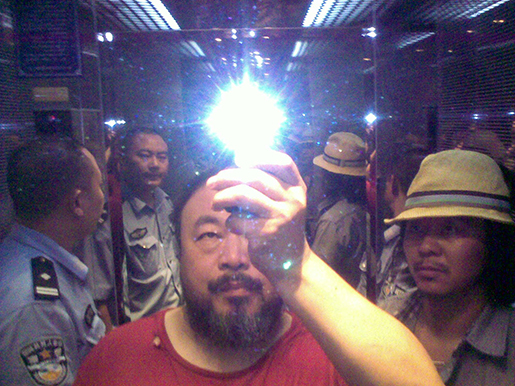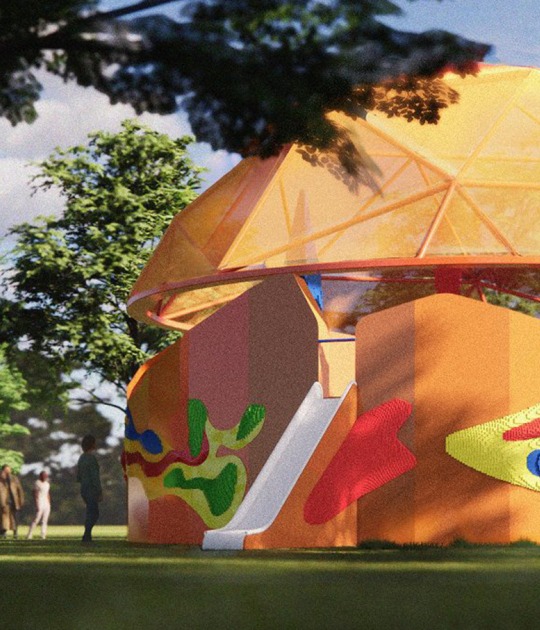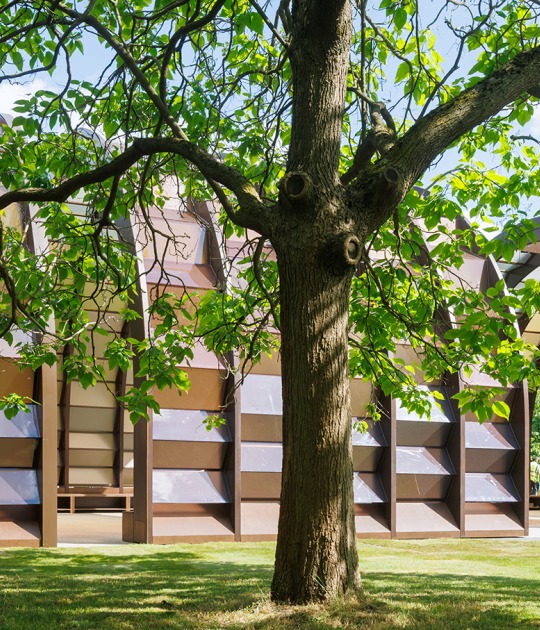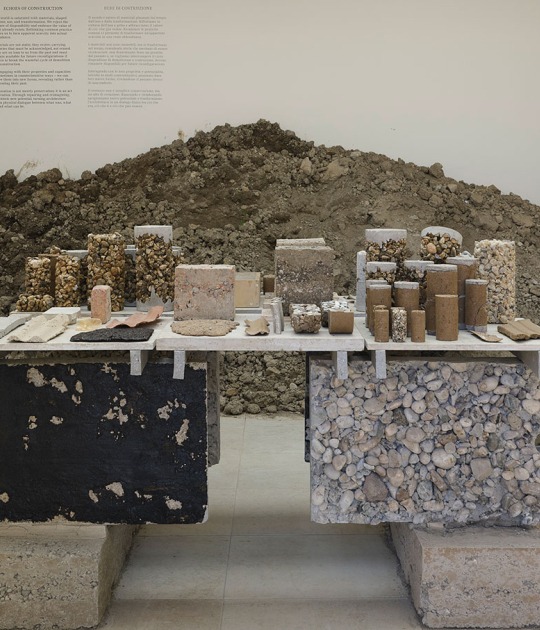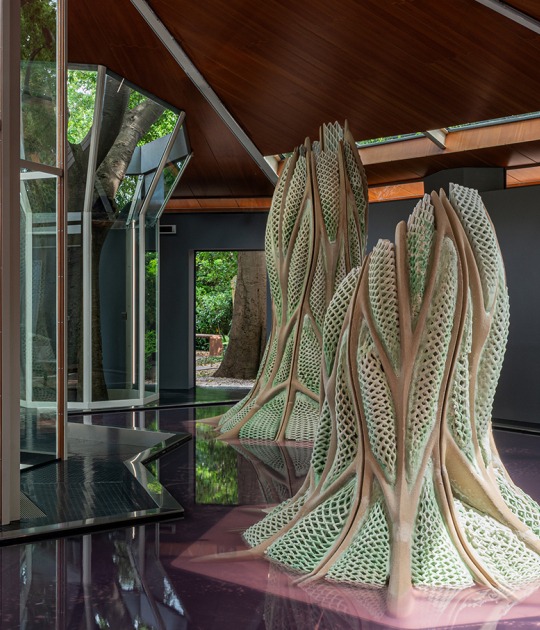(Previously.- Gwangju Folly II 2013, in METALOCUS) The invited teams were asked to interpret the ambivalent dual function inherent in the typology of architectural follies - between contextualization and decontextuali-zation, between serving everyday needs of citizens yet also questioning complacency by provoking political discourse and possibly action:
- to be contextual and practical, offering a new, hitherto missing practical public function such as improved public space, public facilities, a public access or improving an existing one; thus can be enjoyed by the citizens of Gwangju in an everyday basis.
- to provide a sense of rupture, enigma, the unexpected, which will provoke a multitude of links between past histories and myths and present day discourses on issues of human rights and citizen participation in Gwangju and across the globe.
Thus, the Follies will become strategic interventions which are local/ in-situ but, at the same time, decontextualized and therefore acknowledging that discourse on citizens rights today blurs all temporal dimensions of past, present and future and unfolds across complex spatial and political geographies and actor networks blurring local and global scales.
It is this special agency of the folly to activate the space between everyday and utopia, to serve practical needs yet at the same time become stages, which activate and provoke discourse, which will be tested and celebrated in Gwangju in 2012.
CREDITS
President of the Gwangju Biennale Foundation: Yongwoo Lee
Artistic Director: Nikolaus Hirsch
Curators: Eui Young Chun, Philipp Misselwitz
Venue.-The Gwangju Biennale Foundation 111, Biennale-ro, Buk-gu,Gwangju, Republic of Korea.
David Adjaye & Taiye Selasi: Gwangju River Reading Room
Ai Weiwei: Cubic Meter Food Cart
Seok-hong Go & Mihee Kim: Memory Box
Rem Koolhaas & Ingo Niermann: Vote
Raqs Media Collective: Autodidact's Transport
Do Ho Suh & Suh Architects: In-between Hotel
Superflex: Power Toilets / UNESCO
Eyal Weizman with Samaneh Moafi: Roundabout Revolution
































